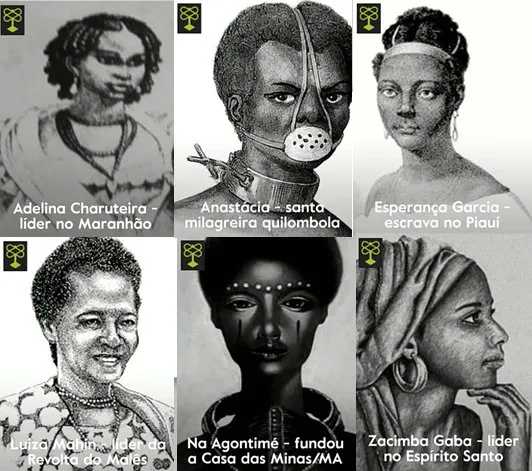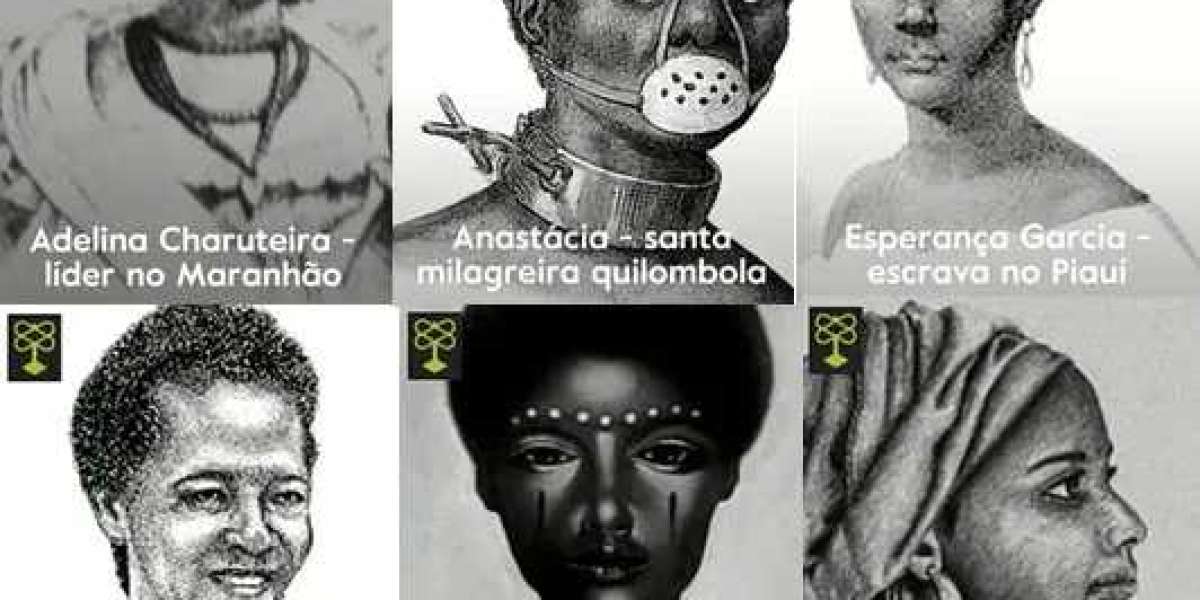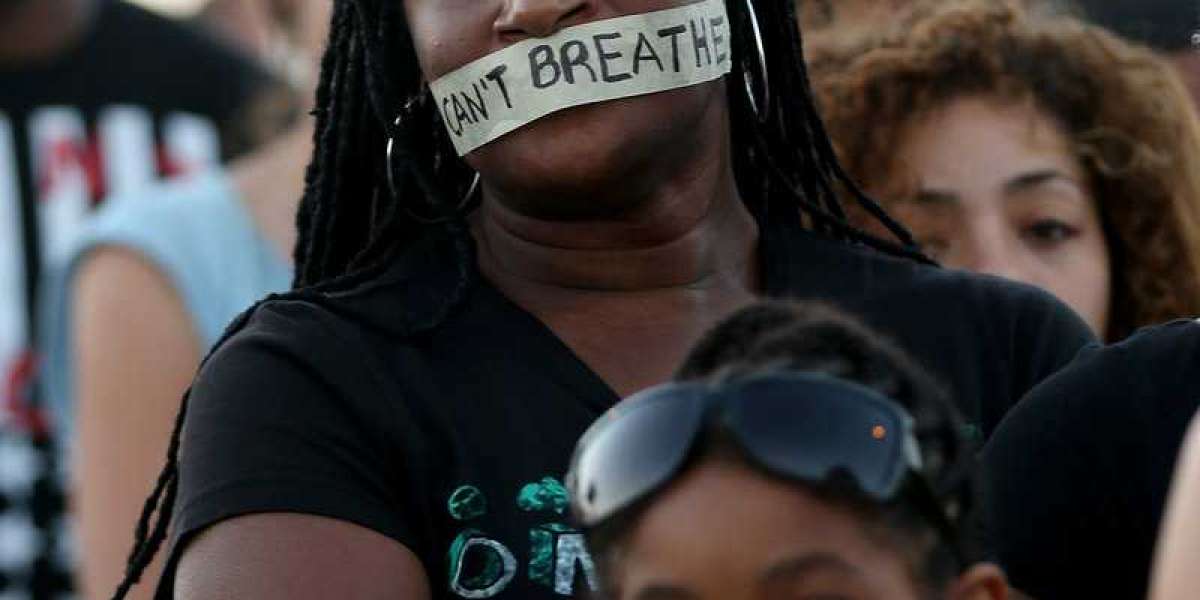
Note from Editor: Here at the BlackBrazil Today blog, we feature many stories, past and present that focus on the struggle of black Brazilians, specifically black women. Over the years, we’ve featured a number of excellent posts, interviews and personal essays that have expounded on the experiences of being black and female in a country such as Brazil. The women presented here, many of whom bare their hearts and souls through their writings, are the descendants of a long line of warrior black women, some known, others unknown, who forged a path in an ongoing struggle for the recognition of not only their womanhood but their very humanity. In this, the month in which we celebrate the Latin American and Caribbean Black Woman, I thought it would be very timely to make readers aware of some of these trailblazing women warriors of Brazil’s slave past, most of who are not featured in school textbooks. This list is by no means definitive but represents just a small contribution to breaking down the walls of invisibility of black women in the construction, history and struggle that is Brazil.

17 black Brazilian women who fought against slavery
By Patrícia Gonçalves
How women who were enslaved in Brazil contributed, much, to end slavery in the country. Whoever thinks that Princess Isabel was responsible for the liberation of the enslaved has been deceived. As the singer Yzalú would say, “a Lei Áurea não passa de um texto morto” (the Golden Law is only a dead text), after all, after May 13th, 1888, women fought and still fight against racism and machismo.
The footsteps of black women come from afar, really. Therefore, we separated 17 mulheres negras (black women) who are part of Brazilian quilombos and so many at a time for a black community. The stories are told in the cordéis of Jarid Arraes and the Mural Memória das Mulheres Negras (Mural Memory of the Black Women), collection of the Instituto Políticas Alternativas para o Cone Sul, Rio de Janeiro.

She is one of the most known leaders in Brazil. She fought against slavery in the Palmares quilombo. She was against a proposal of the Portuguese Crown to stipulate the demands of the quilombolas (inhabitants of fugitive slave communities). The warrior died during a dispute in the Quilombo dos Macacos belonging to Quilombo de Palmares, where her husband, Zumbi of Palmares, also lived.

She helped slaves when they are punished, or facilitating an escape. She once fought against the physical and sexual violence of a white man, so the declaration of punishment was wearing a gag of tinplate and an iron choker. Although living in Bahia and Minas Gerais she was taken to Rio de Janeiro at the end of her life, and there several miracles were attributed to her stay.

She spent a lot of time in Bahia and participated in the slave uprising in the Revolt of the Malês in 1835 and the Sabinada in 1837. She worked as a ganhadeira (see note one).

In Brazil, on July 25th, Tereza de Benguela Day was celebrated in honor of the quilombola leader. She was the wife of the leader of Quilombo de Quarterê or of Piolho, in the state of Mato Grosso. There, they were sheltered until Bolivian Indians disturbed authorities of the Spanish and Portuguese Crowns. Tereza was arrested in one of the clashes and as she didn’t accept a condition of enslavement she committed suicide.

She was the daughter of the King of the Congo and was sold to Brazil. Pregnant in Quilombo dos Palmares she organized her first escape. She was known to be close to Ganga Zumba, the predecessor of Zumbi, his grandson. The warrior woman died incinerated.

Leader in the quilombo of Urubu, in Bahia. She was Angolan and was brought as a child to Brazil. Stories relate that she confronted the capitães do mato (captains of the forest) (see note two) with bow and arrow.

She was leader on the Island of Itaparica, Bahia. She learned to play capoeira to defend herself. Her main mission was to free her descendants and grandparents. She was hidden in Fazenda 27, in Gameleira (Itaparica), to accompany, during the night, a movement of the Lusitanian caravels. She took a raft and went to Salvador, passing information to the Command of the Liberation Movement.

She was considered the matriarch in Quilombo dos Palmarés and counselor of the first black refugees in the Cerca Real dos Macacos. One of the mocambos (houses) was christened with her name.

She was one of the leaders in the state of Maranhão. She was the daughter of a slave girl with a master, so she knew how to write. Despite her father, she was not released at the age of seventeen but was actively part of the young people’s abolitionist society, the Clube dos Mortos (Club of the Dead). To raise money she sold cigars made by her father, with this articulation she discovered several plans of persecution for the slaves.

She was a warrior in Quilombo do Quariterê, in Cuiabá. She commanded the whole political, economic and administrative structure of the quilombo. She even maintained a defense system with weapons exchanged with white men or recovered by the enslaved.

She was a mucama (female slave) in Vila das Vassouras, Rio de Janeiro. He joined with the enslaved in the largest escape of slaves in the history of Rio de Janeiro on November 5, 1838. She led the escape and a quilombo with Manuel Congo.

She dared to write a letter to the president of the Province of São José do Piauí, Gonçalo Lourenço Botelho de Castro, denouncing the physical ill-treatment of which she was a victim, she and her son, on the part of overseer of the Algodões Fazenda (plantation).

She was considered a romantic novelist, in addition to writing the first abolitionist novel, Ursula, which narrates a condition of the black population not Brazil with elements of the African tradition. She dedicated her life to reading and writing.

She was a freed slave who sold fruits and vegetables in Rio de Janeiro. She was beaten by a white man and got him arrested, and convicted of assault.

She was leader of Quilombo de Mola, in the state of Tocantins. She defeated all enslavement attacks and organized the whole society of the location.

She was queen of Benin and was sold as a slave to (the state of) Maranhão, until she got a new name, Maria Jesuína. She founded the Casa das Minas (House of Mines) and reconstructed it into a house for the worship of the ancestors.

She led the fight against slavery in (the state of) Ceará. She was from the Grupo de Mulheres Negras do Cariri (Black Women’s Group of Cariri), the Pretas Simoa.

She was an Angolan princess and ended up in (the state of) Espírito Santo. She provoked a revolt of the enslaved people against the Casa Grande (Big House) and led a quilombo where she was queen. She commanded for years the attacks on the ships, appearing in the middle of the night in precarious pipes to rescue the black slaves, the reference to her death is in one of these confrontations.
Source: Catraca Livre
Note
- Defined as a person who does anything to survive (washing, sewing, cooking, etc.)
- During the slavery era, the duty of the captain of the forest was to hunt down fugitive slaves and return them to their masters.















CeeCee CP 3 yrs
Thank you Moreh, the struggle is indeed global.